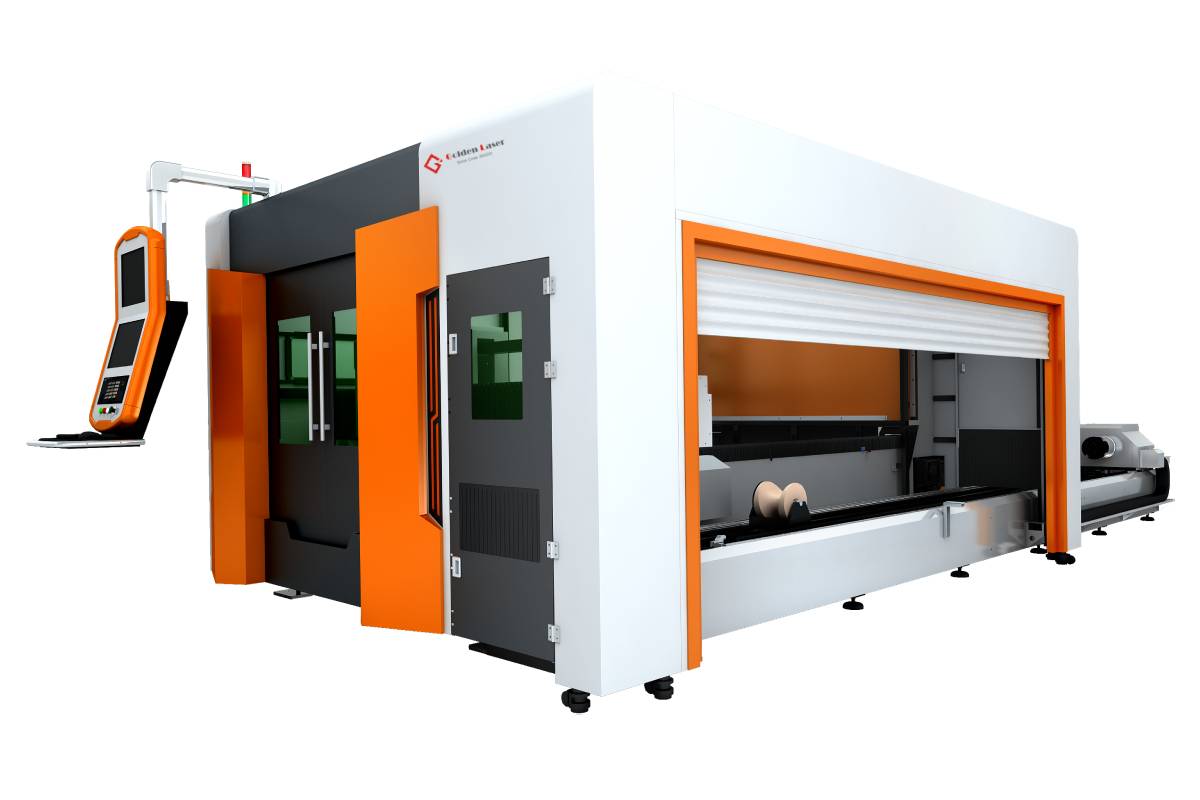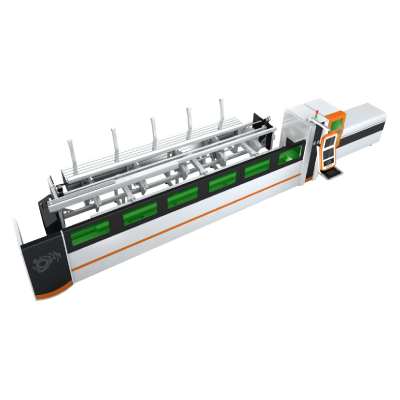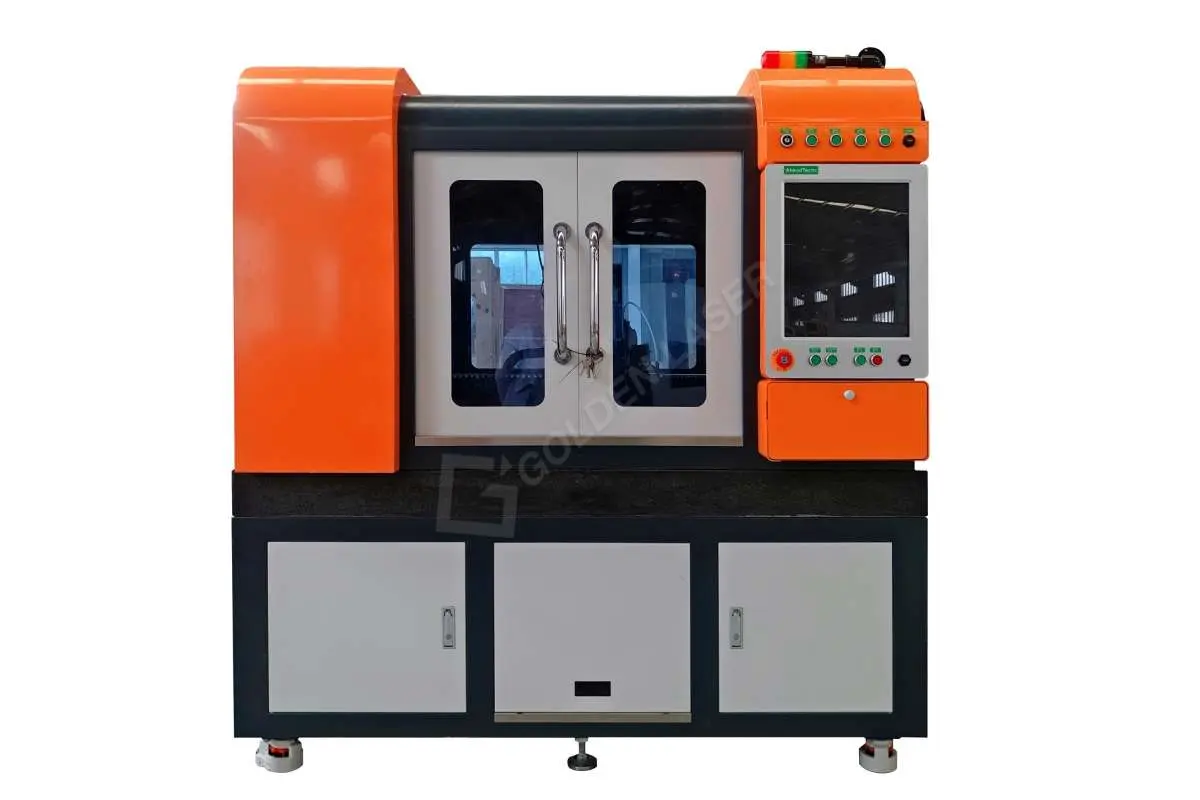Cutting Machine: An Essential Tool in Various Industries

The Evolution of Cutting Machine: From Manual Tools to Advanced Automated Systems
Cutting machines are indispensable tools widely used across different industries. From manufacturing and construction to automotive and aerospace, these machines play a crucial role in ensuring precise and efficient cutting of various materials. Over the years, cutting machines have evolved significantly, transitioning from manual tools to advanced automated systems, resulting in increased productivity, higher precision, and enhanced safety measures.
With the advent of the industrial revolution, the need for efficient and accurate cutting tools became increasingly evident. Prior to the development of automated cutting machines, craftsmen primarily relied on manual tools, such as saws, shears, and knives, which were not only labor-intensive but also prone to human error. The birth of the first portable power-driven cutting machine in the late 18th century revolutionized the industry, offering improved cutting capabilities and ease of use.
In the early 20th century, the introduction of oxy-fuel cutting machines was yet another breakthrough in the field of cutting technology. These machines utilized a combination of oxygen and fuel gases to create a controlled flame, allowing for the cutting of metals. Oxy-fuel cutting machines revolutionized metal fabrication processes by providing faster and more precise cutting than ever before.

The Evolution of Cutting Machine: From Manual Tools to Advanced Automated Systems

The Evolution of Cutting Machine: From Manual Tools to Advanced Automated Systems
The latter half of the 20th century witnessed the emergence of computerized numerical control (CNC) cutting machines. These machines incorporated computer-controlled systems that enabled the automatic control of cutting processes, based on pre-programmed instructions. CNC cutting machines revolutionized manufacturing and fabrication industries, offering unparalleled precision, repeatability, and efficiency. The integration of computer software allowed intricate designs and complex shapes to be effortlessly translated into accurately cut pieces.
In recent years, the advancement of technology has brought about the rise of sophisticated automated cutting systems. These cutting-edge machines utilize various technologies, such as laser, waterjet, and plasma, to perform precise and reliable cuts on a wide range of materials. Laser cutting machines utilize a high-powered laser beam to melt, vaporize, or burn through the material, providing clean and precise cuts. Waterjet cutting machines, on the other hand, employ a high-pressure stream of water mixed with abrasive materials to cut through materials without generating heat or mechanical stress. Plasma cutting machines use a plasma torch that generates an electrically conductive ionized gas, allowing for effective cutting of electrically conductive metals.
Moreover, automated cutting systems not only offer exceptional cutting capabilities but also enhance safety measures in the workplace. These machines are equipped with various safety features, such as sensors and emergency stop buttons, ensuring the protection of operators and preventing accidents. Furthermore, the automation of cutting processes reduces the need for physical labor, minimizing fatigue-related errors and injuries.
The continuous development of cutting machine technology shows no signs of slowing down. Industry experts predict that the future of cutting machines lies in the integration of artificial intelligence (AI) and machine learning algorithms. AI-enabled cutting machines will be capable of self-adjusting cutting parameters based on real-time data, resulting in even higher precision and efficiency. Additionally, the use of robotics and automation in cutting processes will further streamline operations, reducing costs and maximizing productivity.
In conclusion, cutting machines have come a long way from manual tools to advanced automated systems. Their evolution has revolutionized various industries, offering increased precision, efficiency, and safety. As technology continues to progress, cutting machines will continue to play a vital role in manufacturing, construction, and fabrication processes, driving innovation and improving productivity across industries. Double table Fiber Metal Cutter
